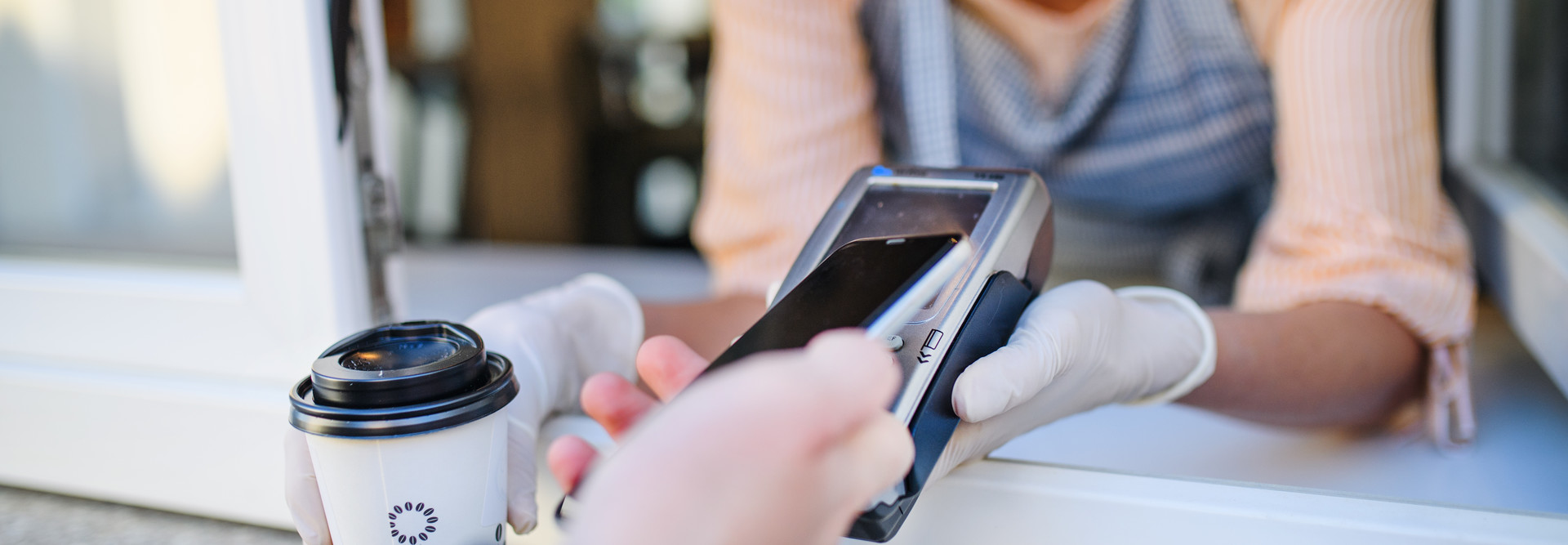The Next Decade’s 5 Key Business Trends
For IT security professionals, driving all that interest will be five broad shifts in consumer and employee expectations — each inspired by pandemic realities but far outliving them, while also evolving in a post-pandemic economy. Each one will require businesses to respond over the short, medium and long term, and each carries its own unique security concerns.
Koetzle outlined the following business changes:
- Customer expectations will shift on the spectrum of safety and convenience. Consumers will exhibit greater risk aversion and a higher desire for convenience simultaneously, producing “a lot of behavior that looks really contradictory,” Koetzle said. For example, most U.S. consumers tell Forrester researchers that they will try to avoid crowds for the next six months, even as they confess a longing to return to stores in person. “This reflects a genuine conflict within consumers,” she said.
- Businesses will ride the digital engagement wave to create hybrid experiences. As businesses reopen for consumers and workers, organizations will strive to extend and scale hybrid experiences — everything from hybrid workplaces to kiosk-based check-in at hotels.
- Firms will invest in what was once considered impossible to drive the future of work. Few businesses will return to fully onsite work experiences, but few will remain fully remote. They will have to invest in new solutions to empower and secure workers in constantly shifting hybrid environments.
- Smart firms will retire technical debt fast and then ride the tech disruption wave. Businesses have accelerated their digital transformations out of necessity since last March, racking up a lot of technical debt as they go. They’ll have to pay down that debt to keep the momentum going — and they will, Koetzle said.
- Business resilience will become a competitive advantage. Organizations have learned the value of resilience this year, and they’ll continue to focus on business continuity and strive to build redundant and more flexible supply chains.
Businesses Must Secure Emerging Hybrid Experiences
All these changes will bring fresh challenges for IT security teams. For example, as they strive to meet the conflicting demands of consumers — who want to be safe, both physically and financially, while resuming in-person experiences — organizations will have to secure an increasing array of touchless customer experiences.
“My favorite example is from China, where a car company last year was delivering keys to new customers by drone,” she said. “All of you in security will have to secure those new experiences, because they increase your attack surface. If your keys are flying around on a drone, you have to secure the drone.”
At the same time, Koetzle said, security teams will have to “build security and privacy controls that translate seamlessly between digital and physical realms, because we’re going to have people moving through those hybrid experiences.”
Consumers will become less forgiving with digital and hybrid experiences that fail to meet their expectations. At the start of the pandemic, businesses, under great pressure, “rolled out a lot of experiences of various levels of quality,” Koetzle said. “Among consumers, there was a certain amount of, ‘OK, it’s a pandemic, I get it,’ but they are going to quickly become less tolerant of that. You’re going to have ensure that those experiences actually scale, work properly and deliver the same emotional resonance that those in-person experiences did.













